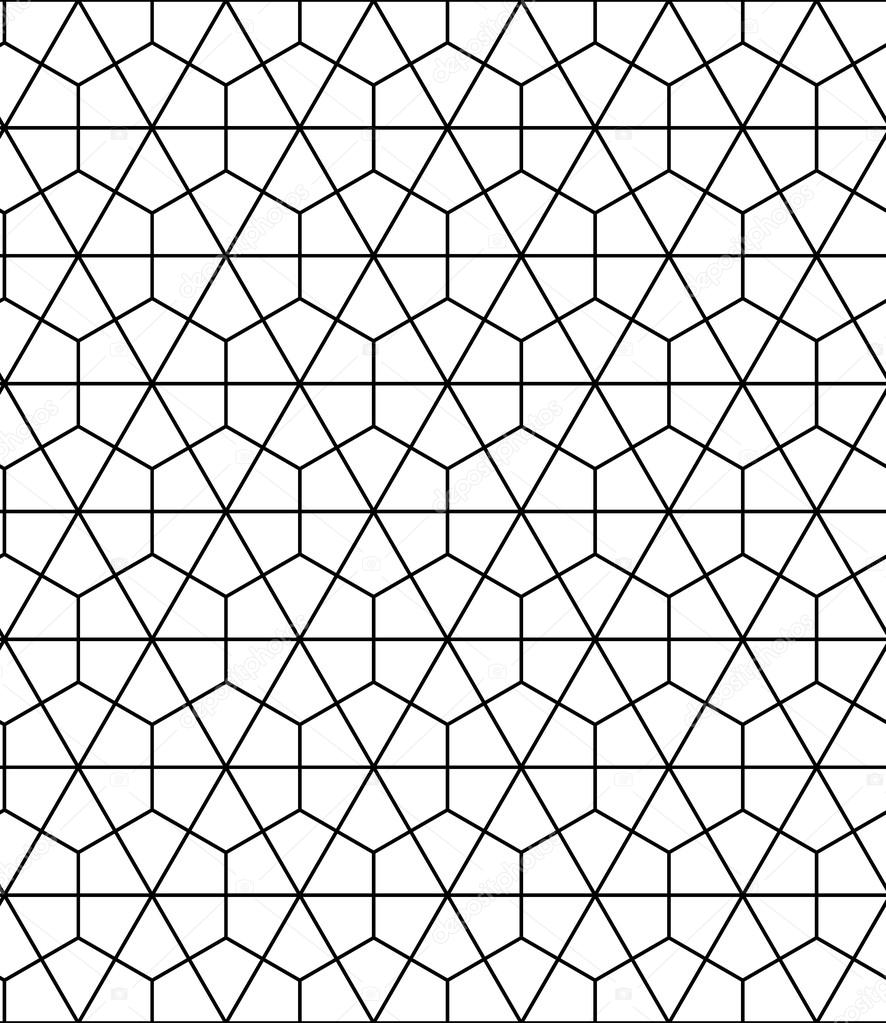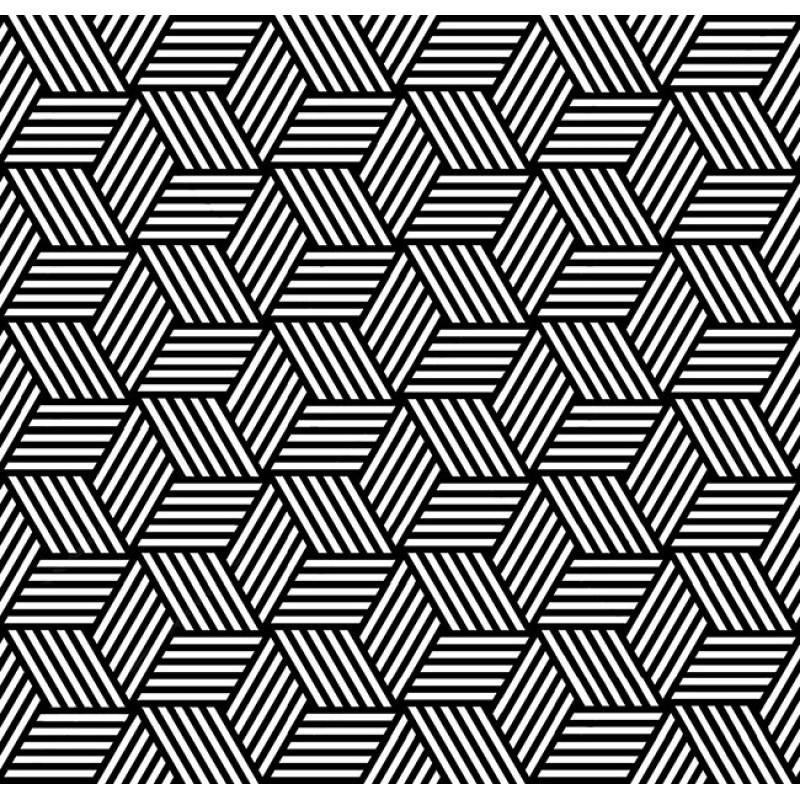We are in the process of migrating an old GIS system. For our new systems we use POSTGIS. But this one still uses oracle. The data is spanning two countries: Belgium and the Netherlands. Our system does something awful: all data is stored in RD (the dutch coordinate system, using Oracle SRID 90112).
So how do we get data into the system: belgian data is entered as Lambert 72 (oracle srid 327680) and then transformed to 90112.
Our client uses a customised viewer that shows the data either in RD or Lambert72. Now we want to switch to a more generic solution, and show the data in WGS84. We are using oracle 11, so my initial process was the following
- extract belgian data from tables, convert back to 327680 (
SDO_CS.transform(geom, 327680))
- set the SRID to 31370 (which is the correct/best srid for belgium --it has the correct transformation to wgs84) as follows:
update be_geoms bg set bg.geom.sdo_srid = 31370 (so without transformation)
- for dutch data I just set it to 28992
- and then I transform both to WGS!
Easy! done! ready! However ... I was not ... The data was not positioned correctly. So I checked the definition in MDSYS.CS_SRS for both 28992 and 31370 and compared it to epsg.io and lo and behold: both where wrong. So now I had to update them.
Updating EPSG:31370
delete from mdsys.cs_srs where srid=31370;
Insert into MDSYS.CS_SRS (CS_NAME,SRID,AUTH_SRID,AUTH_NAME,WKTEXT,CS_BOUNDS,WKTEXT3D) values ('Belge 1972 / Belgian Lambert 72',31370,31370,'IGN Brussels www.ngi.be/html-files/french/0038.html','PROJCS["Belge 1972 / Belgian Lambert 72", GEOGCS ["Belge 1972", DATUM ["Reseau National Belge 1972 (EPSG ID 6313)", SPHEROID ["International 1924 (EPSG ID 7022)", 6378388.0, 297.0], -106.869,52.2978,-103.724,0.3366,-0.457,1.8422,-1.2747], PRIMEM ["Greenwich", 0.000000], UNIT ["Decimal Degree", 0.0174532925199433]], PROJECTION ["Lambert Conformal Conic"], PARAMETER ["Latitude_Of_Origin", 90.0], PARAMETER ["Central_Meridian", 4.3674866666666667], PARAMETER ["Standard_Parallel_1", 51.1666672333333333], PARAMETER ["Standard_Parallel_2", 49.8333339], PARAMETER ["False_Easting", 150000.013], PARAMETER ["False_Northing", 5400088.438], UNIT ["Meter", 1.0]]',null,'PROJCS[
"Belge 1972 / Belgian Lambert 72",
GEOGCS["Belge 1972",
DATUM["Reseau National Belge 1972",
SPHEROID[
"International 1924",
6378388.0,
297.0,
AUTHORITY["EPSG", "7022"]],
TOWGS84[-106.869,52.2978,-103.724,0.3366,-0.457,1.8422,-1.2747],
AUTHORITY["EPSG", "6313"]],
PRIMEM["Greenwich", 0.000000, AUTHORITY["EPSG","8901"]],
UNIT["degree (supplier to define representation)", 0.0174532925199433, AUTHORITY["EPSG", "9122"]],
AXIS["Lat", NORTH],
AXIS["Long", EAST],
AUTHORITY["EPSG", "4313"]],
PROJECTION ["Lambert Conformal Conic"],
PARAMETER ["Latitude_Of_Origin", 90.0],
PARAMETER ["Central_Meridian", 4.3674866666666667],
PARAMETER ["Standard_Parallel_1", 51.1666672333333333],
PARAMETER ["Standard_Parallel_2", 49.8333339],
PARAMETER ["False_Easting", 150000.013],
PARAMETER ["False_Northing", 5400088.438],
UNIT["metre", 1.0, AUTHORITY["EPSG", "9001"]],
AXIS["X", EAST],
AXIS["Y", NORTH],
AUTHORITY["EPSG", "31370"]]');
... and this worked and now my transformation for Lambert is correct!
Updating EPSG:28992
... proved to be a little trickier. I assumed I could just reuse the same method as for the belgian coordinate system (yes, I know, assume = ass-u-me).
I was unable to just delete or update 28992 because I got an error that a child record existed: ORA-02292 with reason COORD_OPERATION_FOREIGN_SOURCE. Googling this revealed nothing at all.
So I had to dig deeper. And deeper. Actually MDSYS.CS_SRS is actually a view which tries to update the underlying tables. And the TOWGS84 coordinates, which I had to change/update, are stored in SDO_DATUM. So after some searching, it actually proved to be quite easy. To updated the EPSG:28992, I just had to do:
update mdsys.sdo_datums set
shift_x = 565.417,
shift_y = 50.3319,
shift_z = 465.552,
rotate_x = -0.398957,
rotate_y = 0.343988,
rotate_z = -1.8774,
scale_adjust = 4.0725
where datum_id = 6289;
EXECUTE SDO_CS.UPDATE_WKTS_FOR_EPSG_DATUM(6289);
My first initial (naive) assumption was that the SDO_CS.UPDATE_... functions would actually retrieve the latest EPSG definitions, unfortunately no such luck :) :)
Stuff like this makes me appreciate PostGIS even more.






